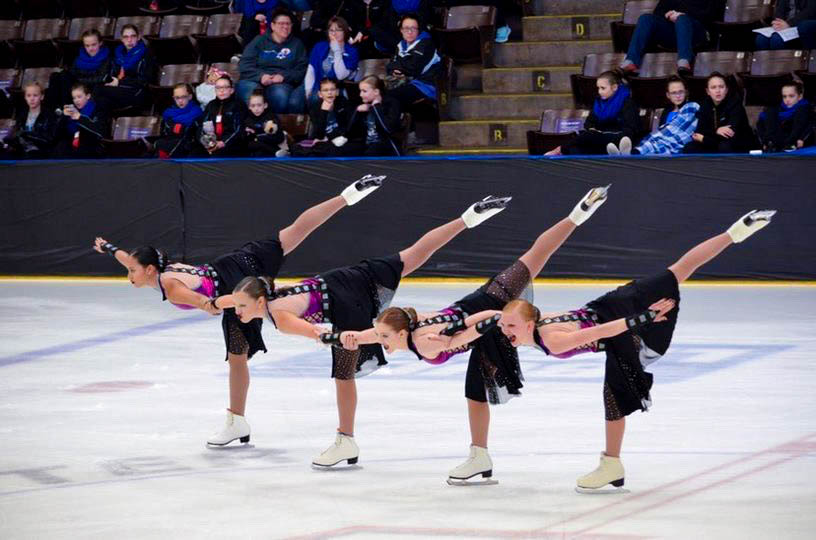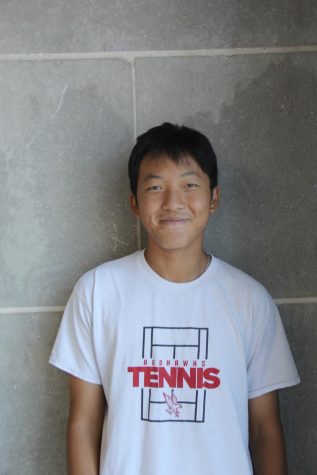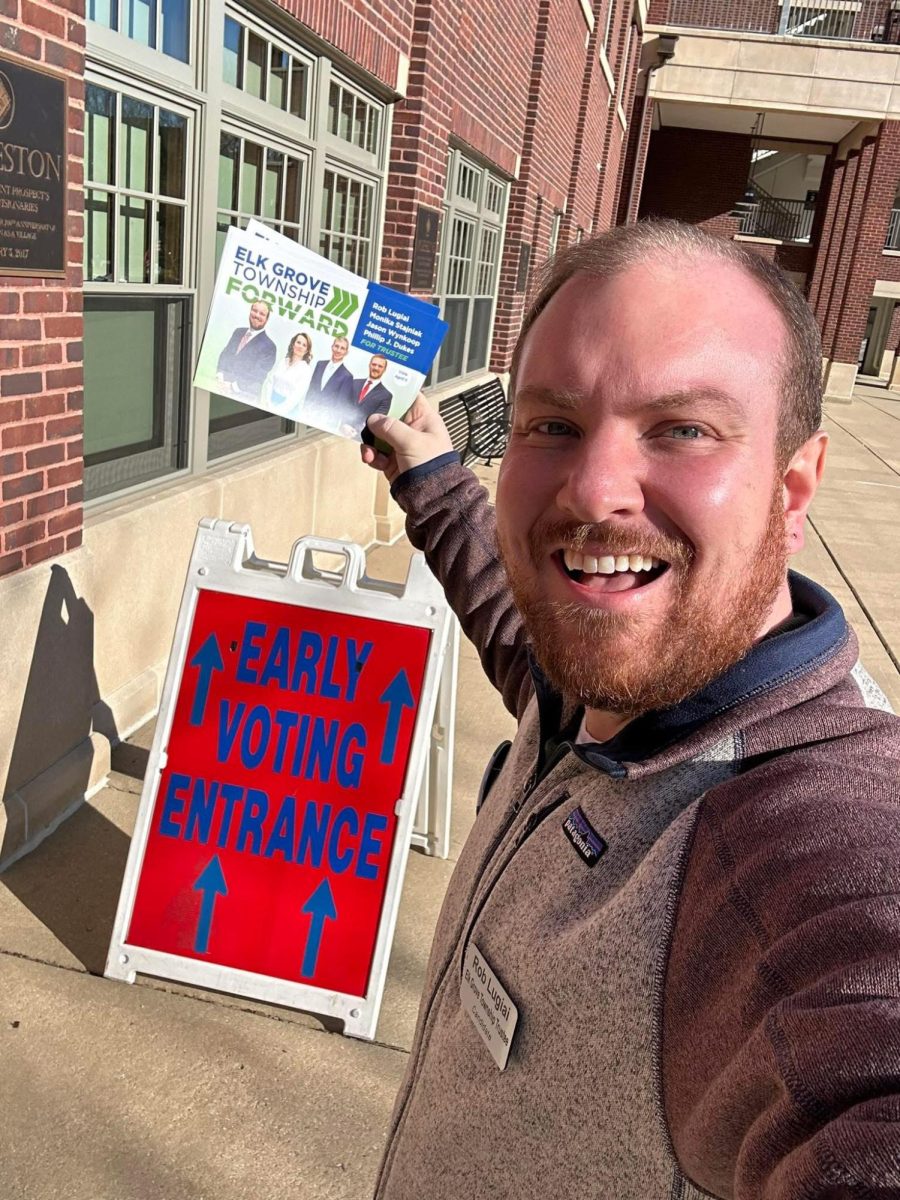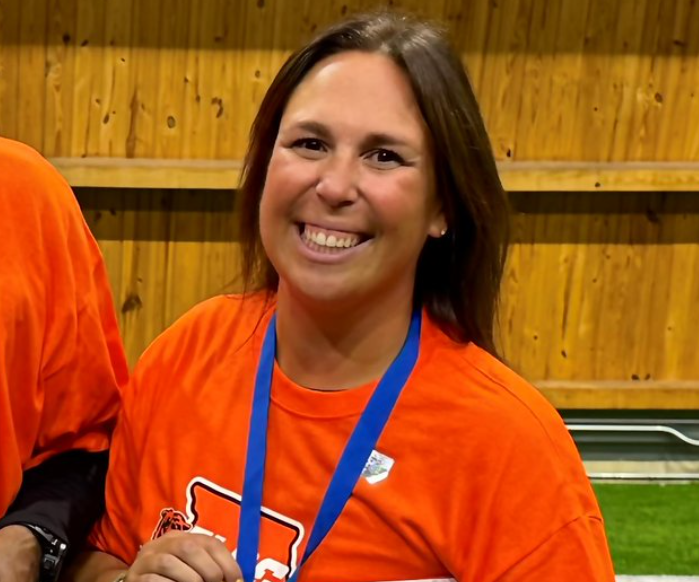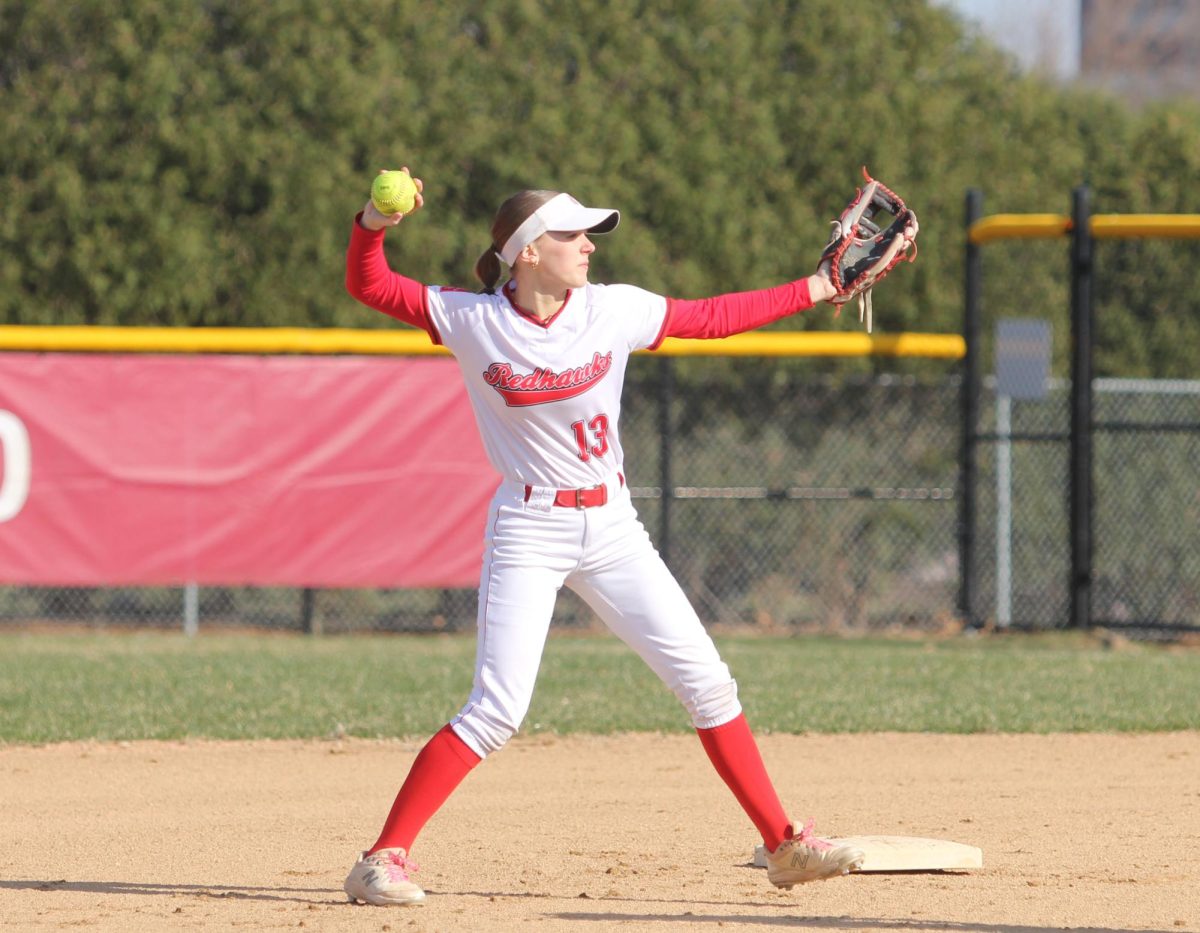Central junior strives to figure skate at worlds
Emma Caddis, second to the right, at the 2019 Kalamazoo Kickoff Classic performing a spiral line with her teammates.
January 22, 2022
For Naperville Central junior Emma Caddis, a night at the skating rink is much more than just fun. Under the supervision of a coaching staff and with the rest of her 15 teammates, Caddis perfects a discipline she’s been working on for 12 years.
“I started skating when I was four, just through learn-to-skate classes at my local rink,” Caddis said.
But, what started out as a hobby quickly became competitive.
In first grade, Caddis joined a local team. Coaching weekly with her private instructor, Katie Soraghan, Caddis delved into the technical side of figure skating.
“I could tell from the beginning she was going to be a good skater,” Soraghan said. “Emma’s always listened well and she’s pretty open to trying anything on the ice.”
In eighth grade, Caddis transferred to Teams Elite Intermediate, a competitive program located in Northbrook, Illinois.
“That’s where everything changed, because they were national champions the year before,” Caddis said. “The year I joined, we got second at Nationals.”
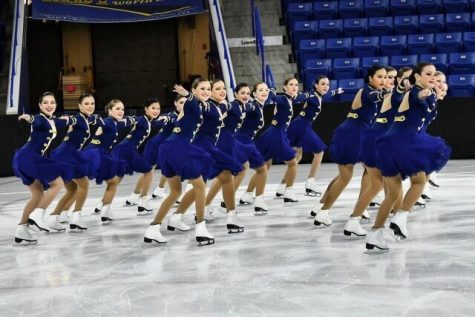
Her new team competed in synchronized skating, one of the main competitive figure skating events. Comprised of 8-20 members per team, synchronized skating requires all team members to move together and create intricate patterns. The end result is similar to that of an orchestra: the different skill sets harmonize to create a symphony.
A typical synchro program lasts for approximately three minutes, with points deducted for being too much over or under time. The team will perform a series of elements, including blocks, circles and intersections.
At competitions, the program is evaluated by a panel of judges and several technical specialists, similar to Olympic figure skating. While the act is ongoing, these specialists will determine if the element was done correctly, and to what level of difficulty. Points are awarded accordingly.
“There’s certain qualifications to get different levels of [elements],” Caddis said. “The technical specialist would call if you got the seven points, and then the judges would give what’s called your GOEs, which are how well did you do it. The higher the GOEs the higher points you get.”
GOEs, or grade of execution, is an evaluation of the skater’s performance of a specific element on a scale of -3 to 3.
Every synchronized skating routine also has a theme.
“Our last theme was [the band] Queen,” Caddis said. “Your theme can be literally anything. We saw one that did really well last year, it was Amber Alert kidnapping.”
In an average week, Caddis will spend six days on the ice. Whether it’s team practice or private lessons, figure skating takes up 20-30 hours weekly.
A typical practice for Caddis starts with a two-lap team run around the outside of the rink followed by a five-minute stretch. Then, the team does a full run through of their program, exposing areas to improve on. One practice can range from an hour and a half to three hours.
Looking to the future, Caddis has her sights set on going to worlds. While the Olympics doesn’t include synchro skating yet, there is a national team. But, Caddis intends to compete for another country.
“I’m going to be brutally honest with myself. I’m not going to make Team USA,” she said. “I do have dual citizenship in the UK. The UK is very bad at synchro skating and I could possibly make one of their top Team Great Britain senior teams. Automatic ticket to worlds.”
For Soraghan, who’s skated with Caddis ever since she first took to the ice, Caddis has come a long way.
“I love working with Emma,” Soraghan said. She’s a great skater, and better yet a great person. And I think her hard work in skating is definitely going to show in other areas of her life too.”
The trials Caddis has faced in skating have taught her life lessons as well.
“I learned that nothing worth having comes easy,” she said. “It’s shaped who I am today.”



